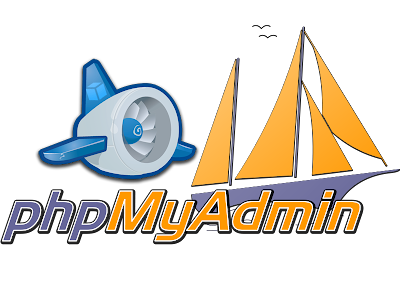Openshift users have this major disadvantage. They have to choose between scaleability and phpMyAdmin. Once you make your app scalable, you won't be able to install phpMyAdmin cartridge and and once you install phpMyAdmin, you won't be able to make the app scalable.
But what developers have at their advantage is that phpMyAdmin is opensource and free to download. So installing phpMyAdmin on a scalable OpenShift app is now a matter of a few steps : downloading, extracting, configuring and uploading.
Pre-Requisites:
Before starting, I assume...
Thursday, 21 May 2015
Tuesday, 9 July 2013
01:10
2 comments

Good day all of you !!! As promised I am back with the final lessons on Installing phpMyAdmin on Google App Engine. According to what I mentioned in Part I, by now you should have got your application whitelisted for PHP deployment. If you haven't done it, please do it now and meanwhile if you haven't installed phpMyAdmin on local GAE, do it now. Part II (Deployment)Install phpMyAdmin on local GAELet me repeat again for emphasis, Please First...
01:10
5 comments

Google App Engine (GAE), which is known for its scalability and performance, was criticised for not supporting PHP since its first day of existence. Though the enthusiasts came out with different solutions like Quercus/Java out of their love for the language, they were always waiting for the official support. And here it is. Google, unable to ignore the Majority Web Developers' long standing demand for PHP runtime on their platform has finally...
Subscribe to:
Posts (Atom)


